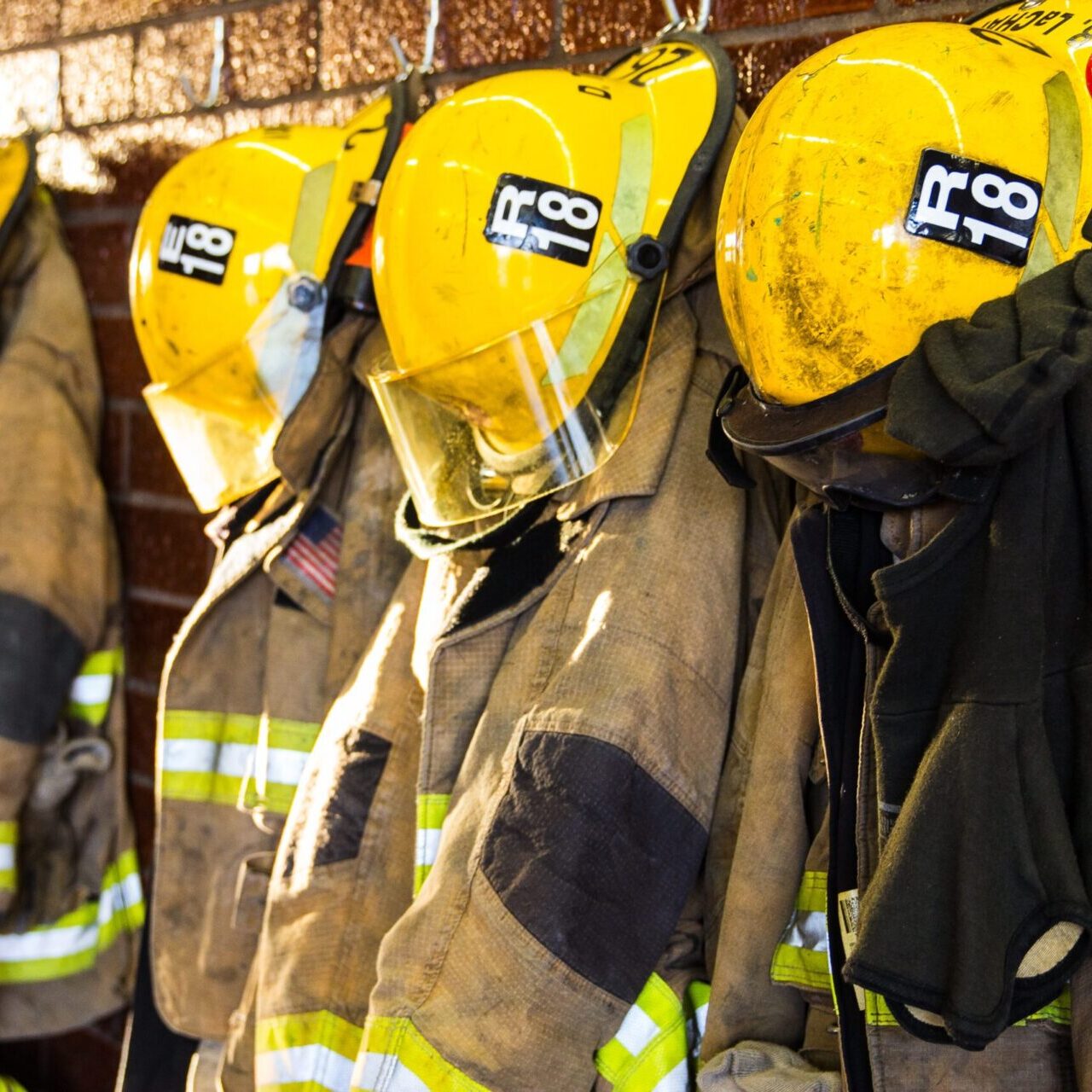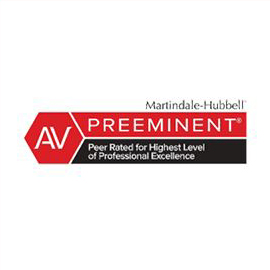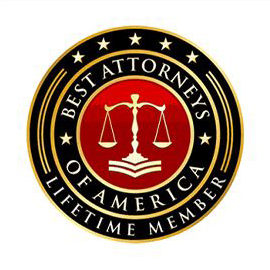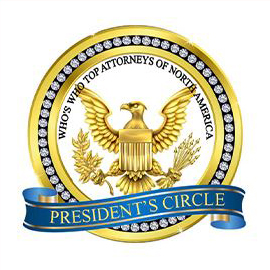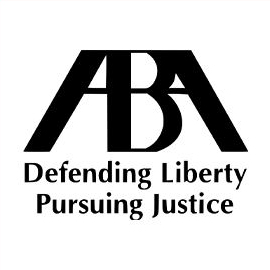Raleigh, NC: (919) 277-9299
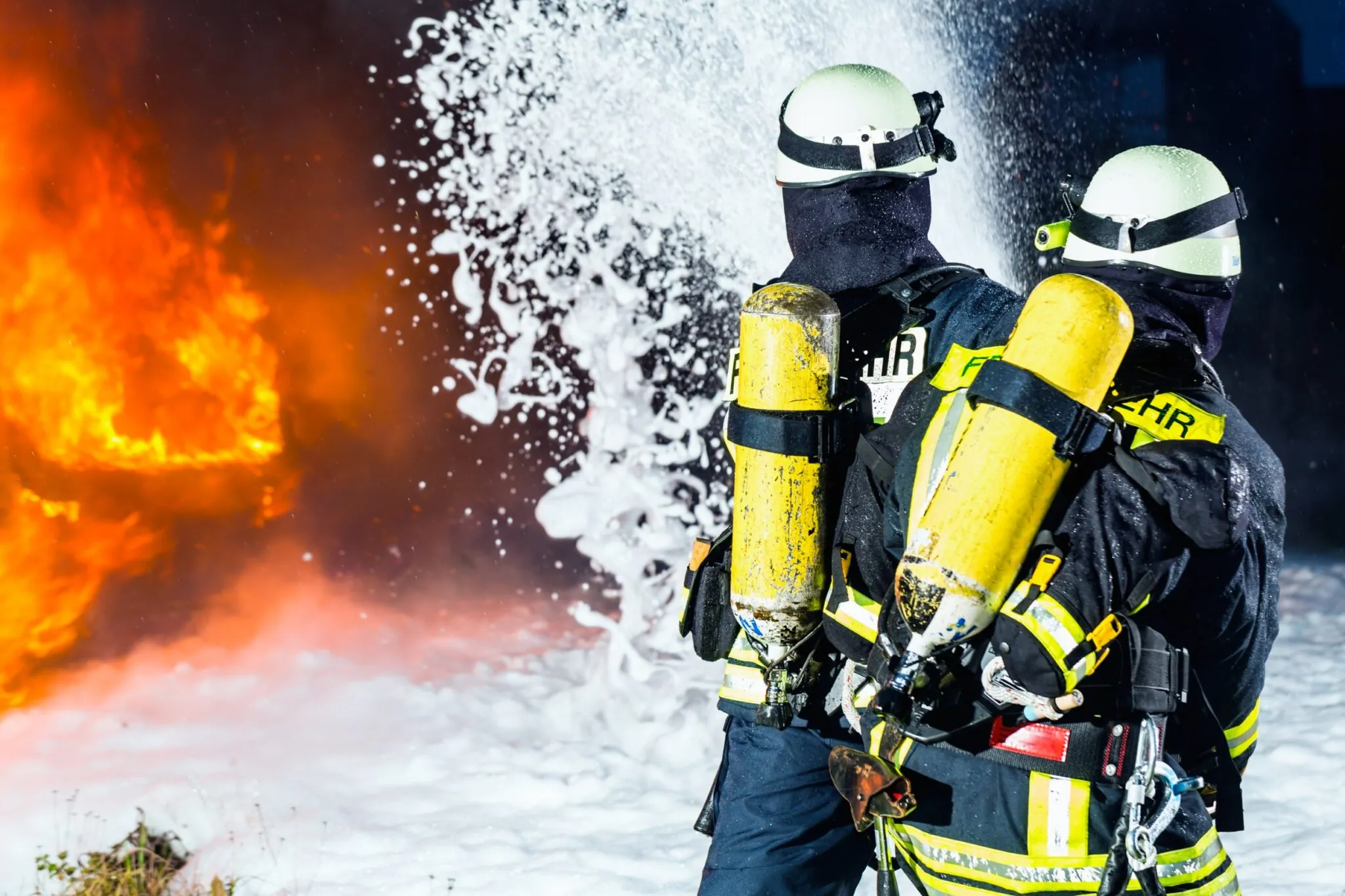
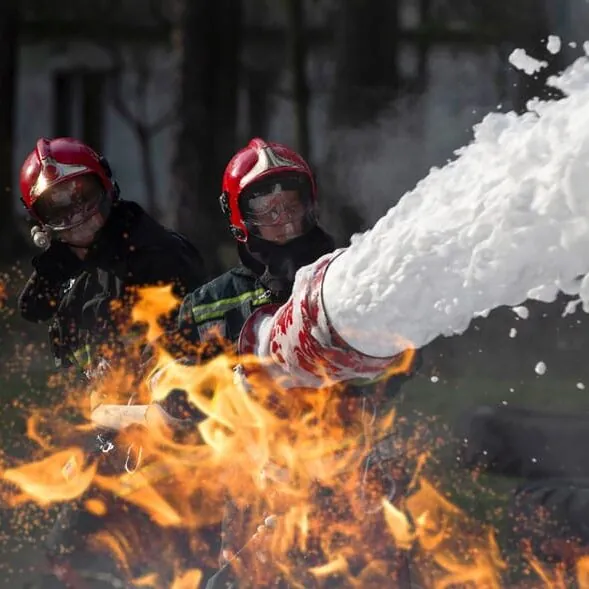
Health Impacts
Prominent health organizations such as The Centers for Disease Control and Prevention (CDC), United States Environmental Protection Agency (EPA), and the American Cancer Society (ACS) have acknowledged potential links between specific PFAS chemicals and cancer among firefighters.
Medical findings establish a connection between AFFF exposure and the following diseases:
About AFFF
Aqueous Film-Forming Foam (AFFF) is a chemical agent used to suppress fires fueled by gas, oil, and other flammables. AFFF has been used since the 1970s and is touted for its effectiveness at blanketing flames and preventing flammable liquids from spreading. But the same foam used to protect communities and military bases from fire hazards is also responsible for causing devastating health issues and diseases.
What Is AFFF?
AFFF is a synthetic Class B fire suppressant foam. This surfactant is designed to spread a long distance quickly to efficiently contain and smother burning liquids, including oil and gasoline. The chemicals that help the foam spread and prevent reignition are the same harmful toxins that have long compromised the health of hardworking firefighters.
Why Is AFFF Dangerous?
Aqueous film-forming foam contains dangerous PFAS, or Per- and Polyfluoroalkyl substances. PFAS are also known as ‘forever chemicals,’ a term used to characterize substances that do not organically degrade in the human body, in wildlife, or in natural environments. Firefighting foam is hazardous at the time of exposure, but due to the body’s absorption of AFFF PFAS, the harmful effects continue long after the initial contact.
AFFF: Understanding the Risks and Uses
Because of how Aqueous Film-Forming Foam is used—spreading to coat an inflamed area—the risks of exposure are not limited to the person handling the fire extinguisher. Any item may be contaminated by foam waste, including personal protective equipment and firefighting gear, and when firefighters return home, they may bring these chemicals with them. Anyone employed at a fire station where these toxins were used may also be in jeopardy.
An AFFF fire extinguisher operates similarly to a standard apparatus to dispense a mix of surfactants, foam stabilizers, and water, resulting in a seemingly harmless but effective foam. Firefighters at aviation facilities and military bases knew this solution provided superior fire suppression, degreasing, and other applications, but were not aware of the hardships that would follow—except for the fire foam manufacturers. The companies producing the PFAS chemicals in AFFF foam disregarded their internal studies and research to continue reaping profits.
Is AFFF Still Used?
Even though health officials, environmental specialists, and government agencies agree that AFFF foam should be banned, it is only now being phased out at FAA-regulated airports, military facilities, and firehouses. Alternative solutions are in development and the Department of Defense has issued a deadline to discontinue the use of AFFF by October 1, 2024. Even when this dangerous firefighting foam is eliminated, the side effects of AFFF exposure will have already taken their toll on many innocent firefighters and their families.
Honorable civilians and service members who have worked with dangerous AFFF chemicals shouldn’t stand quietly by while manufacturers escape liability. Anyone affected by the chemicals within AFFF deserves to have their story heard, and Bell Legal Group is here to listen.
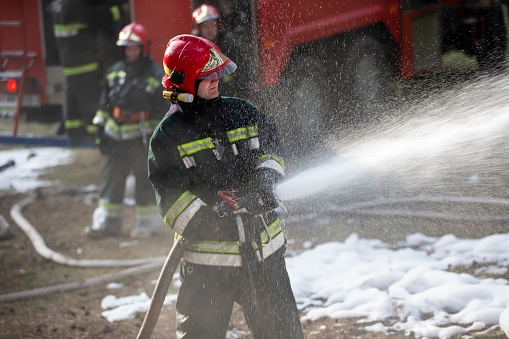
Then and Now: How Forever Chemicals Changed Firefighting
Forever chemicals profoundly affected firefighting, and decades later these compounds continue to influence the industry, only this time for the…

Beyond the Symptoms: The Impact of AFFF Exposure
The symptoms from Aqueous Film-Forming Foam (AFFF) exposure are debilitating, but the impact of using these suppressants stretches beyond physical…

How AFFF Manufacturers Marketed to Fire Departments
Aqueous Film-Forming Foam (AFFF) manufacturers fooled fire departments for years with marketing tactics that emphasized the foam’s benefits instead of…
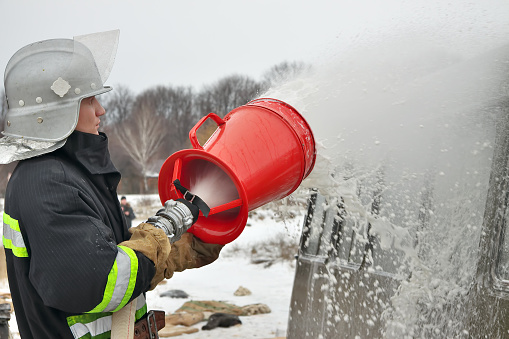
How Changing to Alternative Foams Will Change Firefighting Tactics
Waving goodbye to aqueous film-forming foam (AFFF) firefighting techniques and welcoming alternative methods that use safer concentrates is a long-overdue…
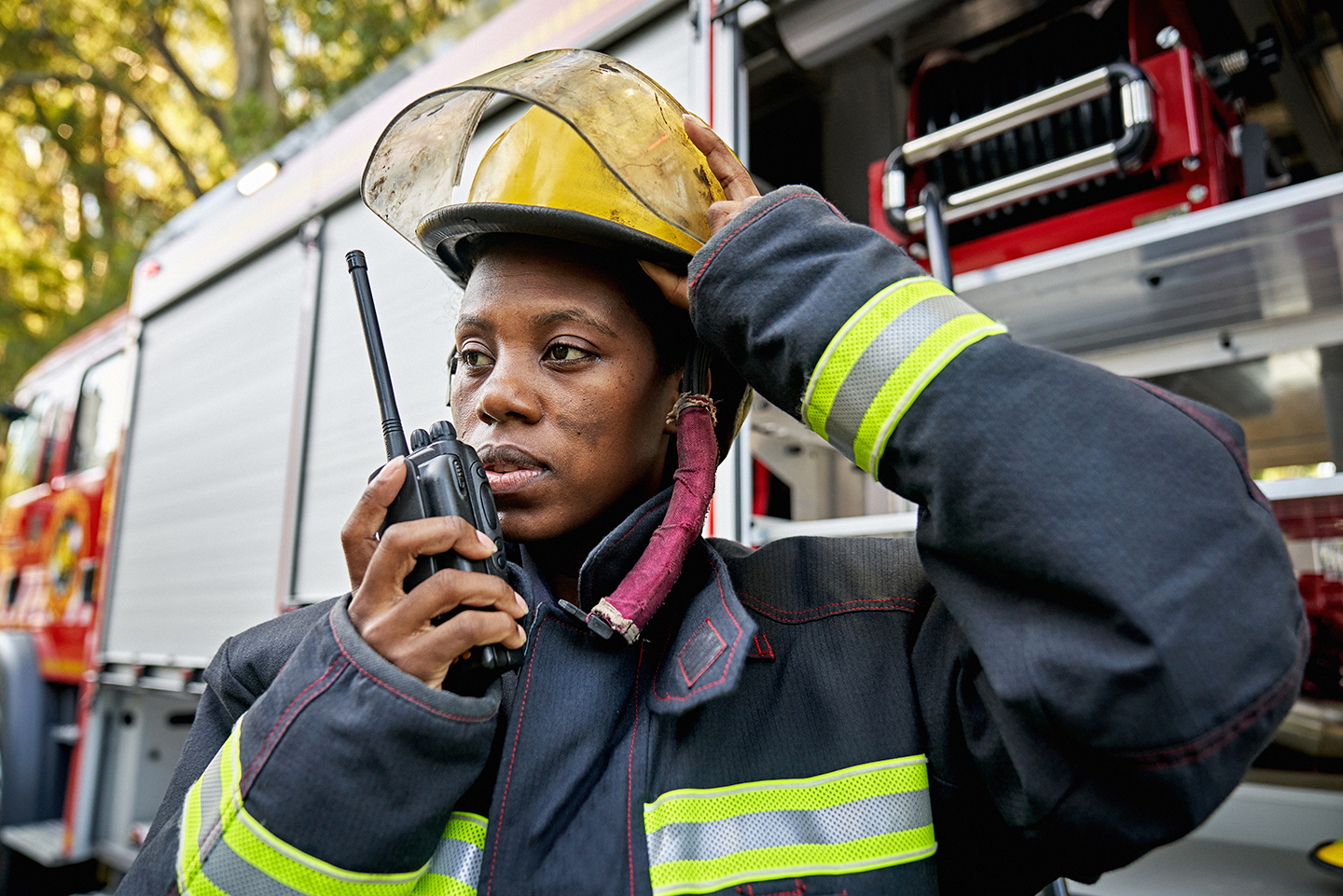
How Safety Data Sheets for AFFF Misled Firefighters
Safety Data Sheets (SDS) for AFFF have misled firefighters from the start, revealing warnings for eye and skin irritation, but…

How Much Exposure to AFFF Is Safe?
Even as the hazards of PFAS (the per- and polyfluoroalkyl substances in AFFF) became hot topics at manufacturing headquarters, the…
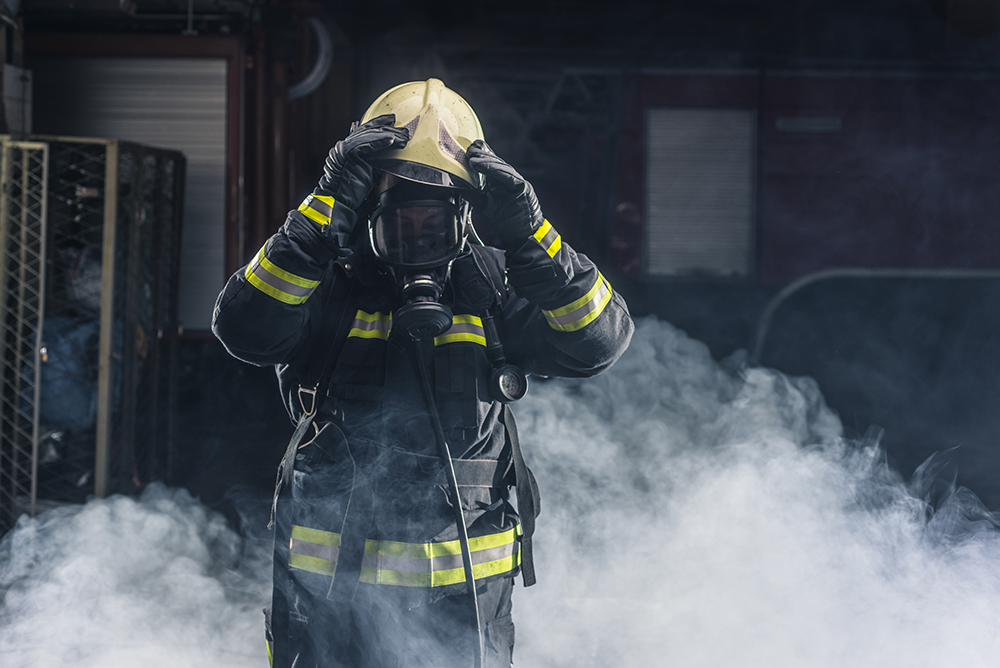
AFFF Terms and Acronyms: What Do They Mean?
Fire foam acronyms hold a lot more meaning than what’s offered at face value, especially to firefighters and their families…
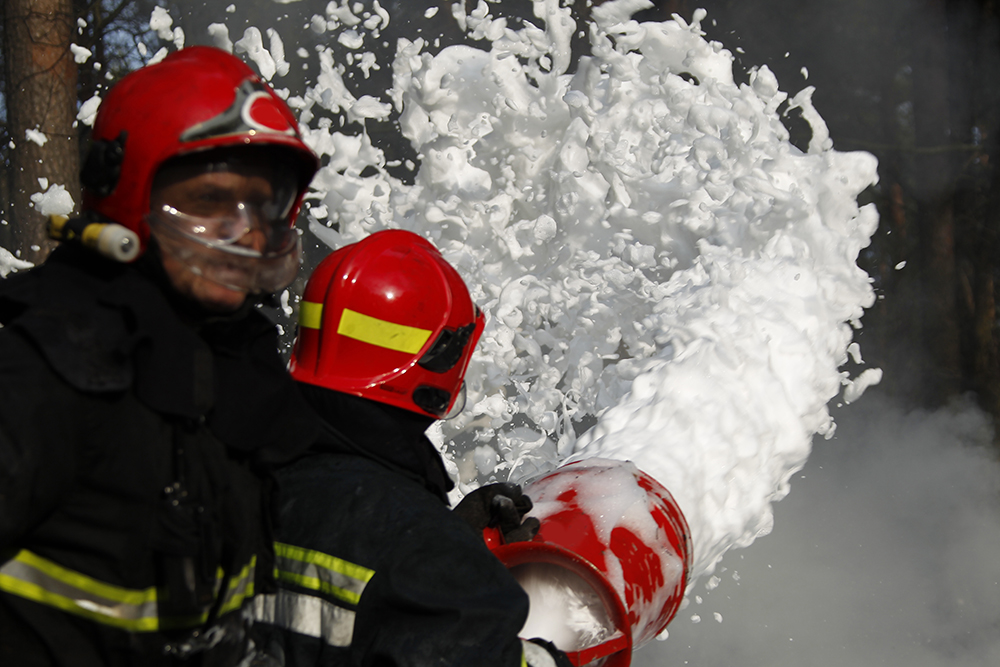
Why Changing From C8 to C6 Foam Didn’t Improve Firefighter Safety
The chemical backbones of C8 versus C6 fire foams are not so different that choosing one over the other drastically…
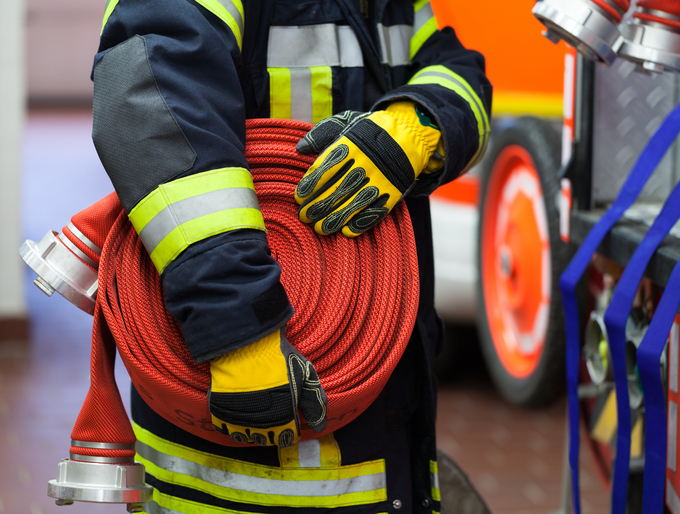
FAQs: Science-Based Answers to Common Questions About AFFF
Gathering facts about aqueous film-forming foam (AFFF) is necessary to understand the current health and environmental crisis caused by these…
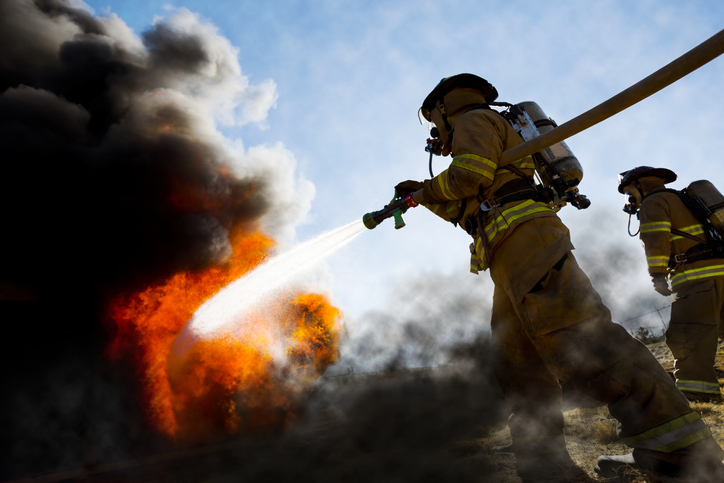
Myths and Misconceptions About AFFF and PFAS
The hazards of aqueous film-forming foam (AFFF) have been shrouded in myths and misconceptions since its inception in the 1960s.…
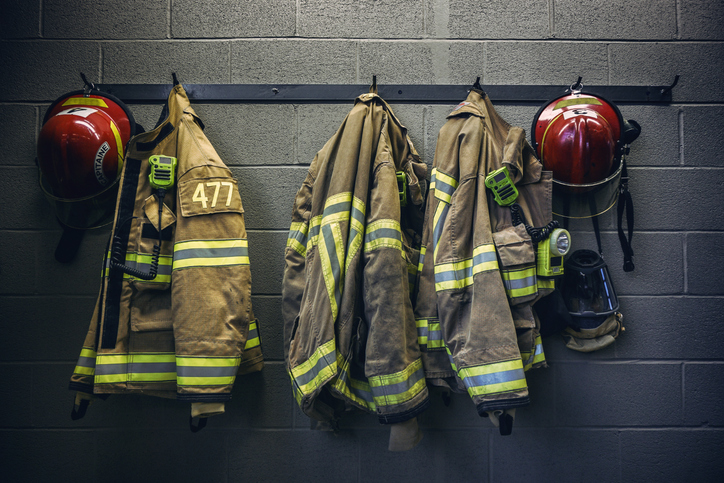
A Timeline of AFFF Use and Regulatory Developments
The aqueous film-forming foam (AFFF) timeline from when its use began until today reveals many failings, but recent developments offer…

AFFF Exposure From Firefighter Gear and Training
AFFF exposure puts many first responders at an increased risk even when wearing firefighting gear. Had firefighters known the facts…

The Lifecycle of AFFF From Production to Disposal
Following aqueous film-forming foam (AFFF) from the manufacturing process to its sale and use reveals the number of people at…
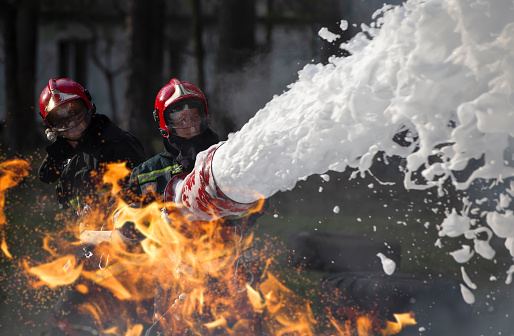
The Chemistry of Aqueous Film-Forming Foam vs. Firefighting Alternatives
The biggest chemical difference between AFFF and FFF firefighting suppressants is whether the foams were manufactured with fluorine. When carbon…

